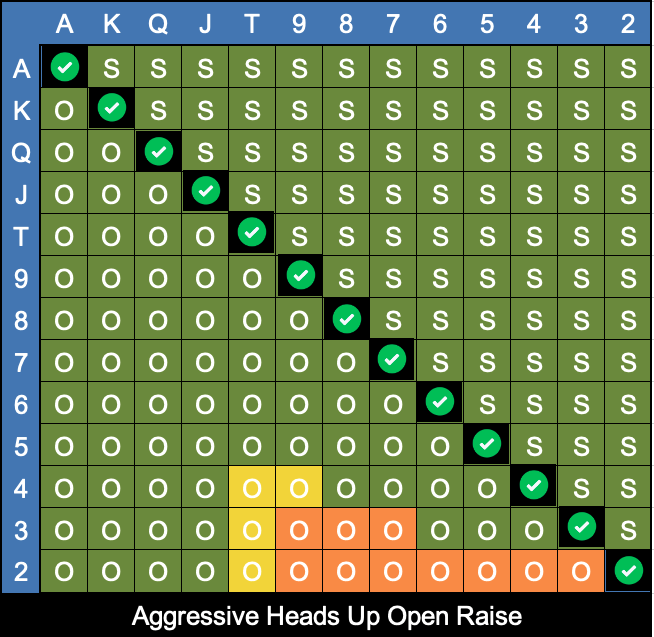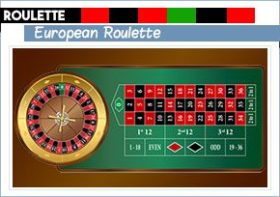Heads-Up Poker Tournament Strategy

Playing heads-up poker in a tournament setting can be an exhilarating experience, where every decision can have a significant impact on your chances of success. In this article, we will delve into some effective strategies that can help you navigate through the intricacies of heads-up play and increase your chances of coming out on top.
1. Adjusting to Your Opponent
One of the most crucial aspects of heads-up poker is adapting your strategy to exploit your opponent’s weaknesses. Take the time to analyze their playing style, tendencies, and patterns. Are they aggressive or passive? Do they bluff frequently or only play premium hands? By identifying these traits, you can tailor your strategy accordingly.
2. Be Aggressive and Assertive
In heads-up play, the dynamics are entirely different compared to a full ring game. You should capitalize on this by being aggressive and taking control of the table. Putting constant pressure on your opponent will force them to make difficult decisions and potentially make costly mistakes.
3. Use Position to Your Advantage
The position is pivotal in heads-up play. Being on the button gives you a significant advantage as you act last in every betting round. Use this to gather information about your opponent’s hand strength and betting patterns. Utilize your positional advantage wisely to maximize your profits and minimize losses.
4. Implement a Balanced Range
While aggression is essential, ensure that you maintain a balanced range to prevent becoming predictable. Incorporate a mix of strong hands, bluffs, and semi-bluffs into your betting patterns. This unpredictability will keep your opponent guessing and make it challenging for them to make correct decisions.
5. Adjust Your Bet Sizing
Varying your bet sizes can be an effective strategy in heads-up play. By using different bet sizes, you can induce different reactions from your opponent. Sometimes betting large can intimidate them into folding weaker hands, while in other situations, a smaller bet may entice them into making an ill-advised call.
6. Study Hand Histories
Reviewing hand histories of your heads-up matches can provide valuable insights into your gameplay and areas that need improvement. Take note of important hands and analyze where you could have made better decisions. Learning from your mistakes is crucial to evolving as a heads-up tournament player.
7. Control Your Emotions
Heads-up play can be intense and emotionally charged. It is essential to stay composed and make rational decisions. Don’t let a string of bad beats or frustrating moments affect your gameplay. Emotional control is key to ensuring you make the best decisions, regardless of the circumstances.
8. Understand Pot Odds
Having a solid understanding of pot odds is vital in heads-up play. By calculating the potential rewards and comparing them to the cost of a call, you can make mathematically sound decisions. Knowing when to call, fold, or raise based on the pot odds will give you a significant edge over your opponent.
9. Continually Learn and Adapt
Heads-up poker is a constantly evolving game, and the strategic landscape can shift rapidly. Stay up to date with the latest trends and strategies by reading poker books, watching instructional videos, and discussing strategies with fellow players. The more you learn and adapt, the better equipped you will be to succeed in heads-up tournaments.
Conclusion
Mastering heads-up poker tournament strategy is a challenging but rewarding endeavor. By adjusting to your opponent, being aggressive, using position to your advantage, implementing a balanced range, adjusting bet sizing, studying hand histories, controlling your emotions, understanding pot odds, and staying open to learning, you can improve your chances of success. Remember, consistent practice and experience will refine your skills further, making you a formidable opponent in heads-up poker tournaments.

